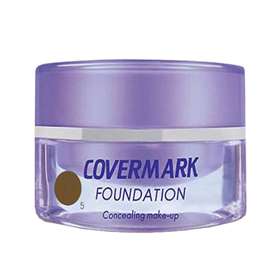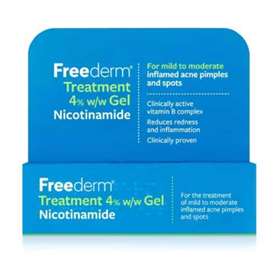What is a scar?
Scars occur due to wounds or burns to the deep layer of skin known as the dermis, or the top layer of skin known as the epidermis.
Collagen is laid down by the body to repair wounds to the dermis and the end result is a scar. Collagen will continue to be laid after a scar has formed, which is why scars can become lighter and change appearance over time.
What is a blemish?
A blemish is generally a term given to a minor skin mark or a discolouration on the skin. Pimples, spots, whiteheads and blackheads can also be classed as blemishes (
click here for acne and spot treatments).
Can I treat a wound straight after an injury to stop a scar from forming?
You can only apply most scar treatments to fully healed wounds. Creams and oils should not be applied to broken skin. However, silicone treatments such as
Dermatix or
Mepiform are the only exception. These can be applied over surgical wounds and burns to reduce and prevent scarring. It is always best to check with your doctor or surgeon before use.
My scar is several years old, will treatment still work?
The earlier you apply a treatment to a scar the better. However, most treatments will still help to reduce the appearance of older scars too.
I have a scar on my face, can I still use treatments?
Facial skin can be more delicate and so it is best to bare this in mind when applying treatments. You can use mast of the specified products but take extra care if applying around the eyes and mouth, and be sure to read the product information before application.
What is a Keloid and are there any treatments for it?
Keloid scars are usually dark, raised scars that can continue to grow due to an imbalance in collagen production. They can be painful and itchy, and may not fade over time. Silicone treatments such as
Cica-Care,
Dermatix or
Mepiform can have a positive impact on keloids.
How long will scar treatment take?
Scars are permanent and will never fully fade away; most treatments are designed to improve their appearance and to help skin regenerate. Treatment times will vary depending on the person, the age of the scar and the treatment being used. It is always best to give treatments a good month to start to work; to see the best results it is important to follow the guidelines on the pack.



















